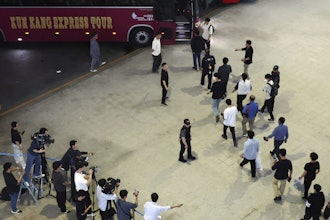When faced with creative challenges, many engineers rely on brainstorming as their primary creativity tool. Developed in the 1950s by Alex Osborn (who used it as a tool for developing advertising campaigns), brainstorming is a good approach. But it’s not the only or best approach, and it often fails to stimulate creativity in a meaningful way.
Besides the idea generation challenge inherent to any creative endeavor, we often face creativity obstacles. Some are physiological (fatigue, nutrition, and exercise), and some are psychological (fear of failure, fear of the unknown, and fear of ridicule, to name but a few). What may well be the biggest obstacle is not knowing how to be creative. The Unleashing Engineering Creativity workshop and book (the book is also available separately) explore powerful creativity stimulation techniques. There are 14 major techniques that should form the basis for any creativity toolkit, and there are several techniques for overcoming creativity obstacles.
Our focus in this article will be on three of our favorite creativity stimulation techniques: Biomimicry, Nine Screens, and TRIZ. Although our workshop includes all 14 techniques, I will try to give you a taste of them by taking a bit closer look at three of them.



















